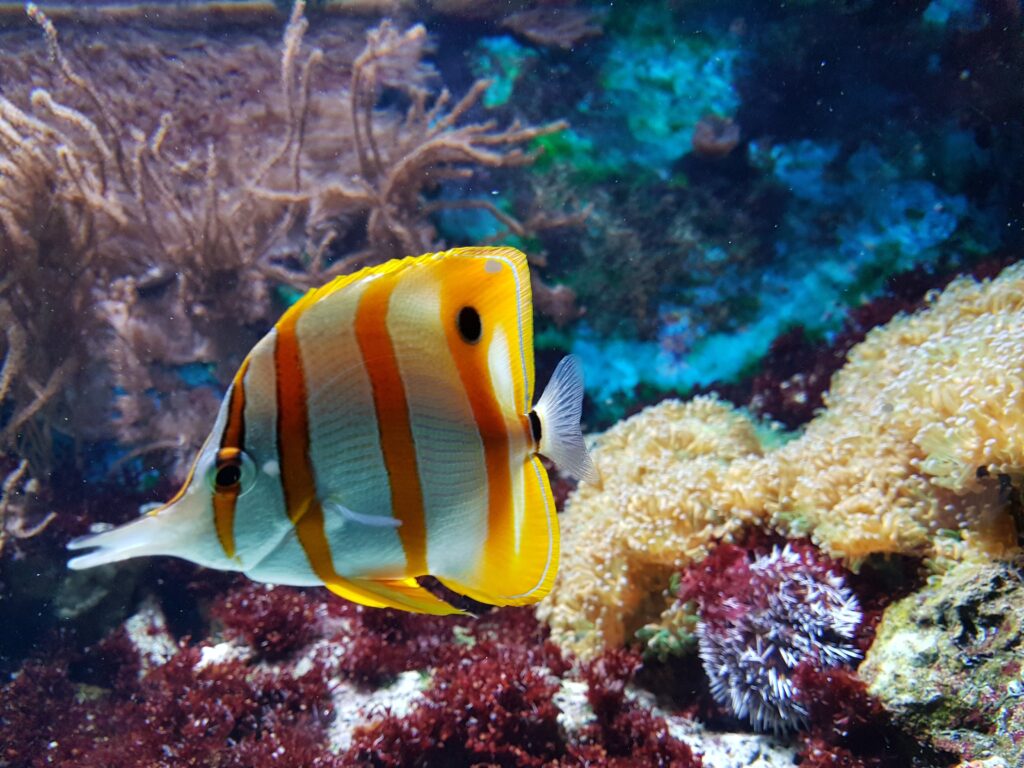It’s no secret that caring for a pet is beneficial to our psychological wellbeing. This is even true for low-maintenance fish.
The act of searching for, setting up, maintaining, and admiring saltwater aquariums is great for dealing with stress. The calming sound of the running water is relaxing. Simply gazing into the biophilic design of an aquarium helps the brain refresh.
Biophilic design helps you connect to a natural environment, improving mental health. To find out how to set up and maintain this underwater oasis, check out the guide below.
Preparing the Tank
The first step toward building a saltwater aquarium is to start looking at tanks. A 30-gallon tank is the smallest option for saltwater, although a bigger tank is better for maintaining a stable environment for the fish.
Think carefully about where to place the tank, and don’t forget to consider the electrical hookups you will need for various equipment. Clean the tank with vinegar and a soft cloth before placing it on a stand.
Equipment for Saltwater Aquariums
Saltwater aquarium owners may elect to use a sump. This pump helps change the water and keep the ecosystem clean and healthy. Without a sump, saltwater tank owners have to manually change the water more often.
Other important equipment items include a filter, filtration system, protein skimmer, powerheads, heater, and a lighting system. Once the equipment is installed, run a wet test with freshwater to check that they work.
Substrates and Sea Salts
After a successful wet test, decide which substrate is best for your budget and the type of fish you want. For example, fine-grained sand is best for sea creatures like gobies and sea cucumbers. Live sand tends to be more expensive, but several species of fish rely on it for refuge or nutrition.
A saltwater aquarium also needs sea salt, which is poured into the sump, or just into the tank with the powerheads and filter on.
Decorating the Aquarium
After the substrate settles and the sea salt completely dissolves, it’s decoration time. You can purchase live rock, plants, and other decor and design their layout in the tank. This is called aquascaping.
When finished, turn on all the equipment to clear out the water and get it ready for the fish.
Adding the Fish
The last step to completing the aquarium is to add the fish. It’s wise to start with beginner livestock, like nano saltwater fish. Add fish slowly over time, monitoring how their bioload impacts the ecosystem.
Inspect the tank daily for debris, algae, and signs of disease in the live animals. Make sure to carry out weekly water tests to determine when cleaning is needed. A slower filter is another good sign that a major cleaning is due.
Caring for Fish and Other Pets
Saltwater aquariums are a bit more complicated than freshwater, but the color and variety of saltwater fish are so much more rewarding. For an ocean lover, a saltwater aquarium captures that mystical underwater environment so beautifully.
For more pet guides and other pet-related information, take a second to check out our page.

